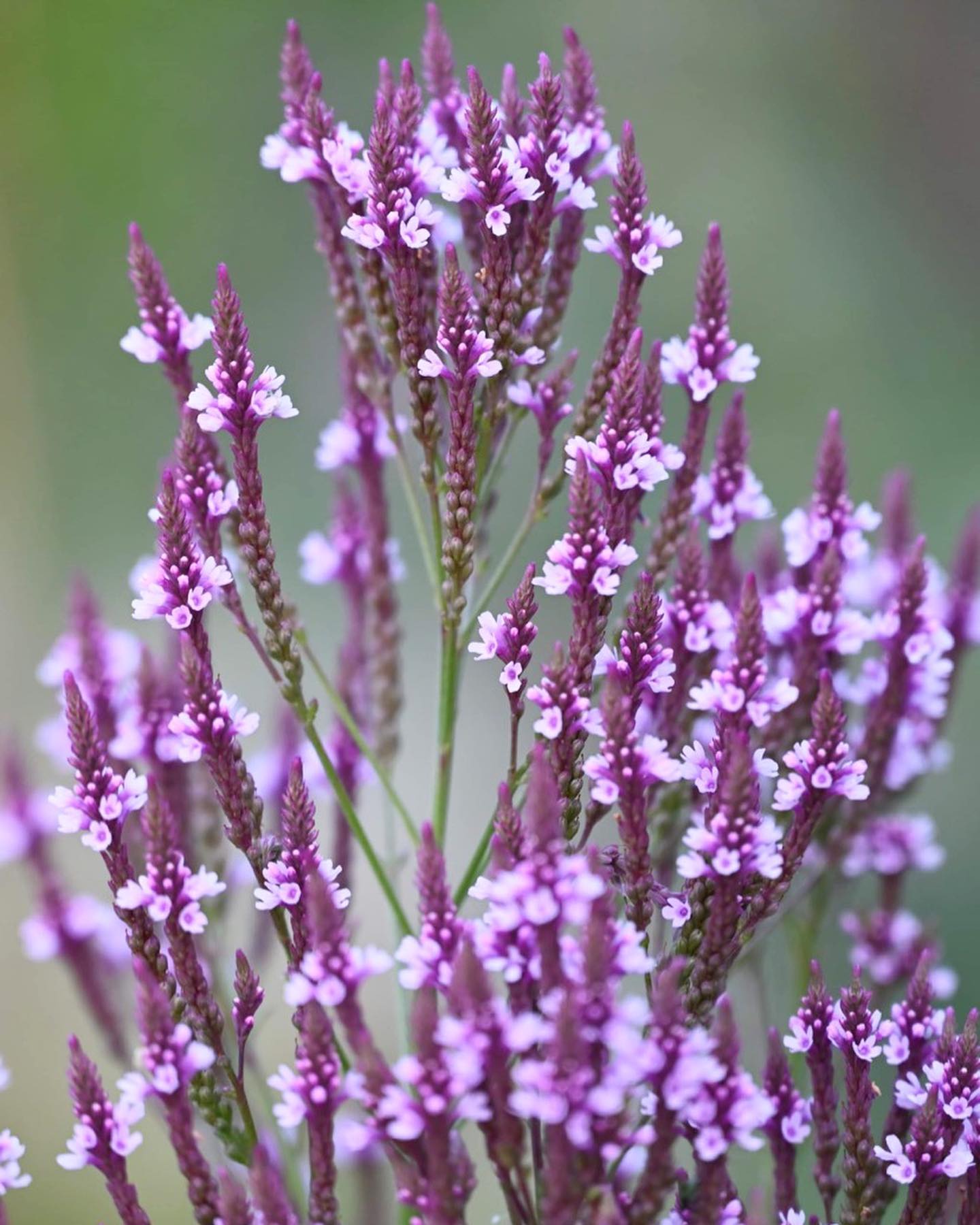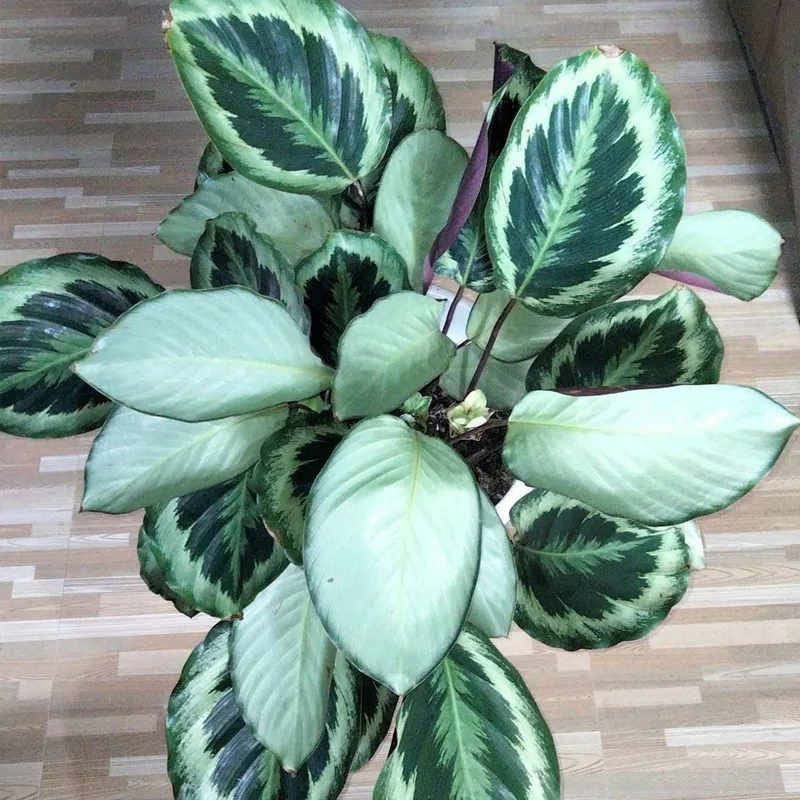Exploring the Unique World of Drosophyllaceae and Drosophyllum lusitanicum
The botanical world is a treasure trove of remarkable families and species, and one that has consistently captivated me is the family Drosophyllaceae. This family, albeit small, is home to one of the most fascinating carnivorous plants—Drosophyllum lusitanicum, also known as the Portuguese Sundew or Dewy Pine. Its uniqueness and rarity make it a marvel to explore and a joy to share my thoughts about.
The Family Drosophyllaceae: A Singular Lineage
Drosophyllaceae is a monotypic family, meaning it contains only one genus: Drosophyllum. This distinctiveness alone sets it apart. While many carnivorous plants thrive in damp, nutrient-poor soils, Drosophyllaceae breaks this mold. Its sole species, Drosophyllum lusitanicum, thrives in drier, alkaline soils—a rarity among its carnivorous counterparts.
What strikes me most about Drosophyllaceae is its ability to adapt to such arid conditions. Unlike water-dependent carnivorous plants like Sarracenia or Drosera, this family evolved to capture insects efficiently in regions where moisture is sparse. This evolutionary divergence highlights the resilience and resourcefulness of nature.
Meet the Star: Drosophyllum lusitanicum
Often referred to as the Portuguese Sundew, Drosophyllum lusitanicum is native to the western Mediterranean, particularly in Spain, Portugal, and Morocco. Its name, derived from Greek, means “dew leaf,” aptly describing its appearance. The plant’s long, slender leaves are coated with glistening, sticky droplets that resemble morning dew.
What sets this species apart is its ability to lure and trap insects in an environment that offers limited nutrients. The droplets on its leaves are not just decorative—they are a deadly mechanism for prey capture. Rich in mucilage, these droplets ensnare unsuspecting insects, providing the plant with much-needed sustenance.
Adaptations for Survival
One of the most remarkable aspects of Drosophyllum lusitanicum is its adaptation to dry climates. Unlike many carnivorous plants, it does not require saturated soils. Instead, it prefers well-drained, rocky environments. This adaptation ensures its survival in regions where water is scarce but sunlight is abundant.
Another fascinating feature is its growth habit. The plant forms a rosette of leaves that radiate outward, maximizing its surface area for insect capture. This strategy increases its efficiency as a predator in its nutrient-poor habitat.
The Carnivorous Mechanism: More Than Just Sticky Leaves
The carnivorous nature of Drosophyllum lusitanicum is a study in botanical ingenuity. Its leaves produce enzymes that help digest trapped insects. The nutrients from this process—mainly nitrogen and phosphorus—are absorbed to supplement its survival in nutrient-deficient soils.
Unlike other carnivorous plants, Drosophyllum does not rely on motion to trap prey. Instead, its passive trapping mechanism relies on the strategic placement of its sticky droplets. This lack of movement might seem less dramatic, but it is no less effective.
Why Drosophyllum lusitanicum Matters
To me, Drosophyllum lusitanicum is more than just a botanical curiosity. It is a testament to the incredible adaptability of life. Studying this plant deepens my appreciation for the delicate balance of ecosystems and the ingenious ways species evolve to survive.
In a world where habitat loss threatens so many unique plants, Drosophyllum lusitanicum stands as a reminder of the importance of conservation. Protecting its natural habitats in the Iberian Peninsula and Morocco ensures that future generations can marvel at its singular beauty.
Cultivating Drosophyllum lusitanicum: A Challenge Worth Trying
For enthusiasts like me, cultivating Drosophyllum lusitanicum can be both a challenge and a rewarding endeavor. The key is replicating its natural environment—well-draining soil, plenty of sunlight, and minimal water. Overwatering is the most common mistake, as the plant prefers arid conditions.
I’ve learned that patience and careful observation are critical when growing this plant. Watching it thrive, with its leaves glistening and insects caught in its grasp, is a deeply satisfying experience.
Conclusion: A Plant That Inspires Wonder
Drosophyllaceae and its lone genus and species, Drosophyllum lusitanicum, embody the resilience and creativity of nature. From its adaptation to dry climates to its ingenious carnivorous mechanisms, this plant is a wonder of evolution. For anyone fascinated by botany or the diversity of life, exploring Drosophyllaceae is a journey well worth taking.
Whether you’re studying it in its natural habitat or attempting to cultivate it in your garden, Drosophyllum lusitanicum offers endless opportunities for discovery and admiration. It reminds me why I fell in love with plants in the first place—they never cease to amaze.
If i die, water my plants!



